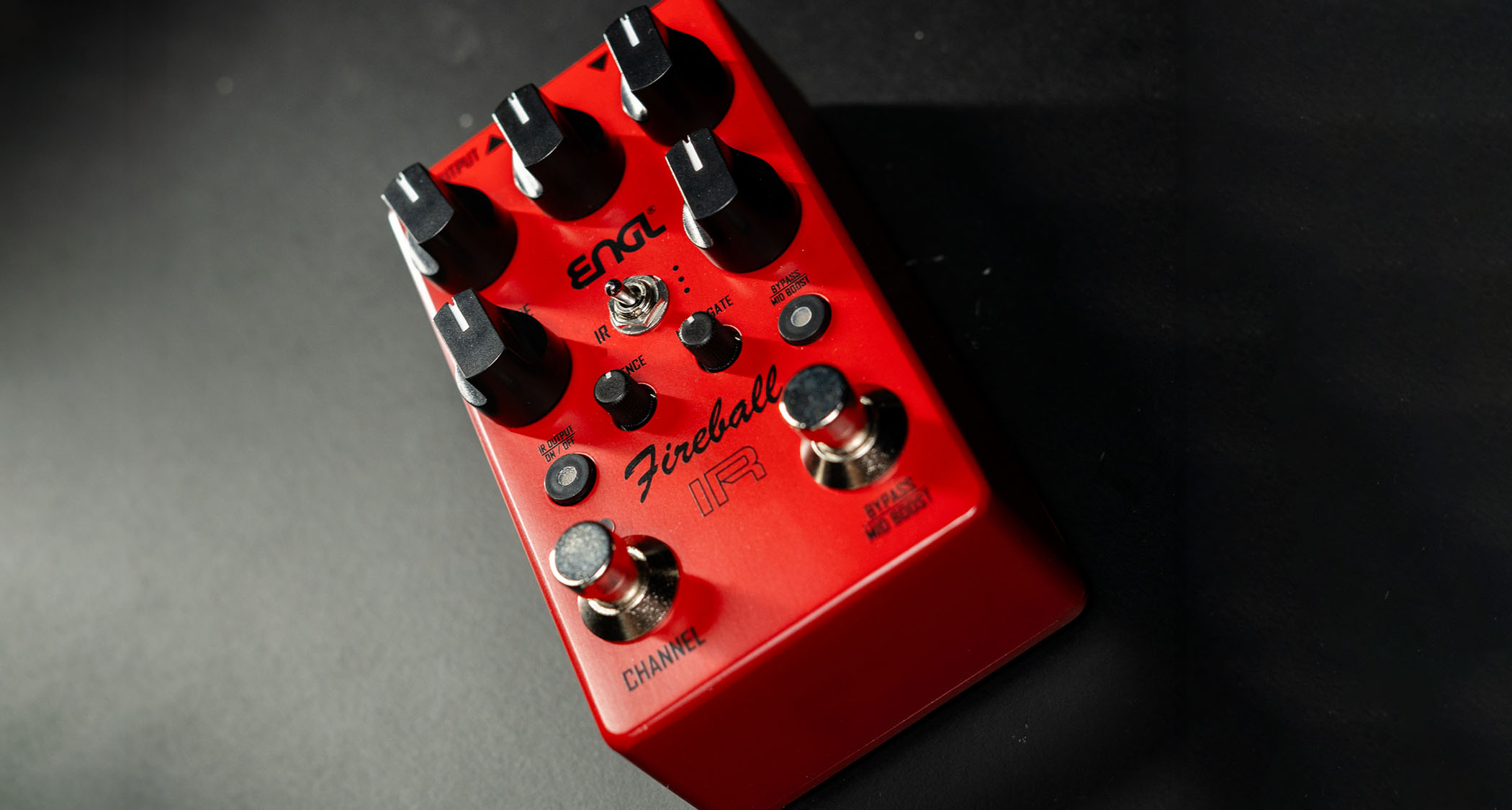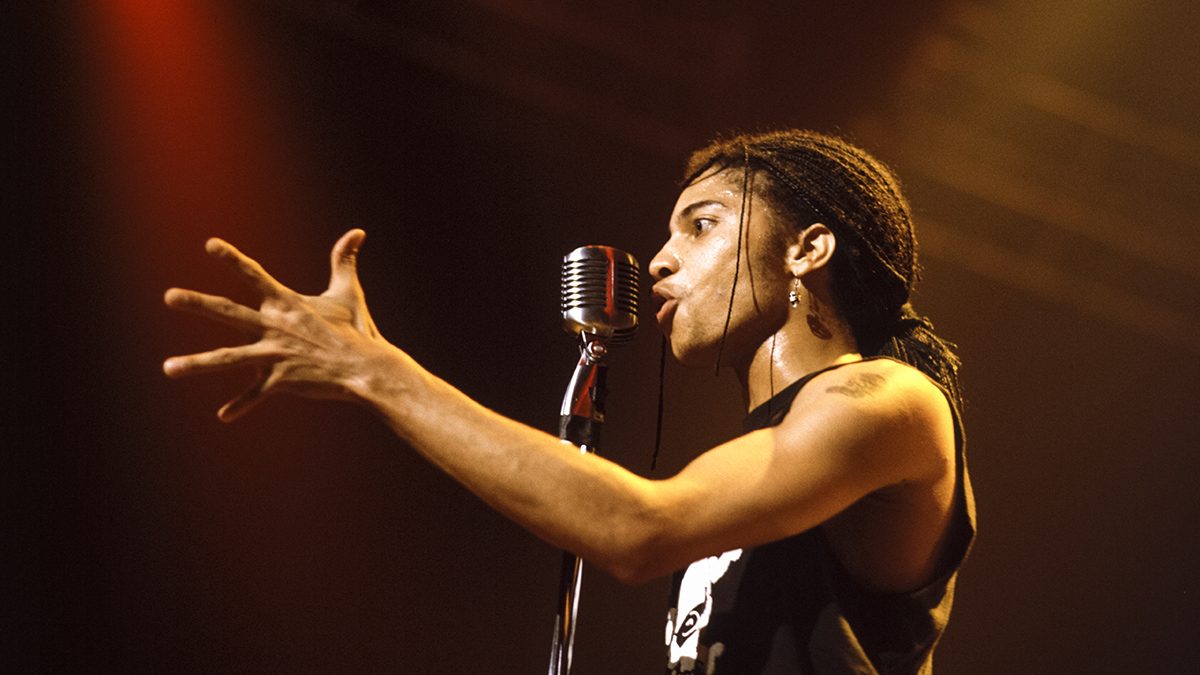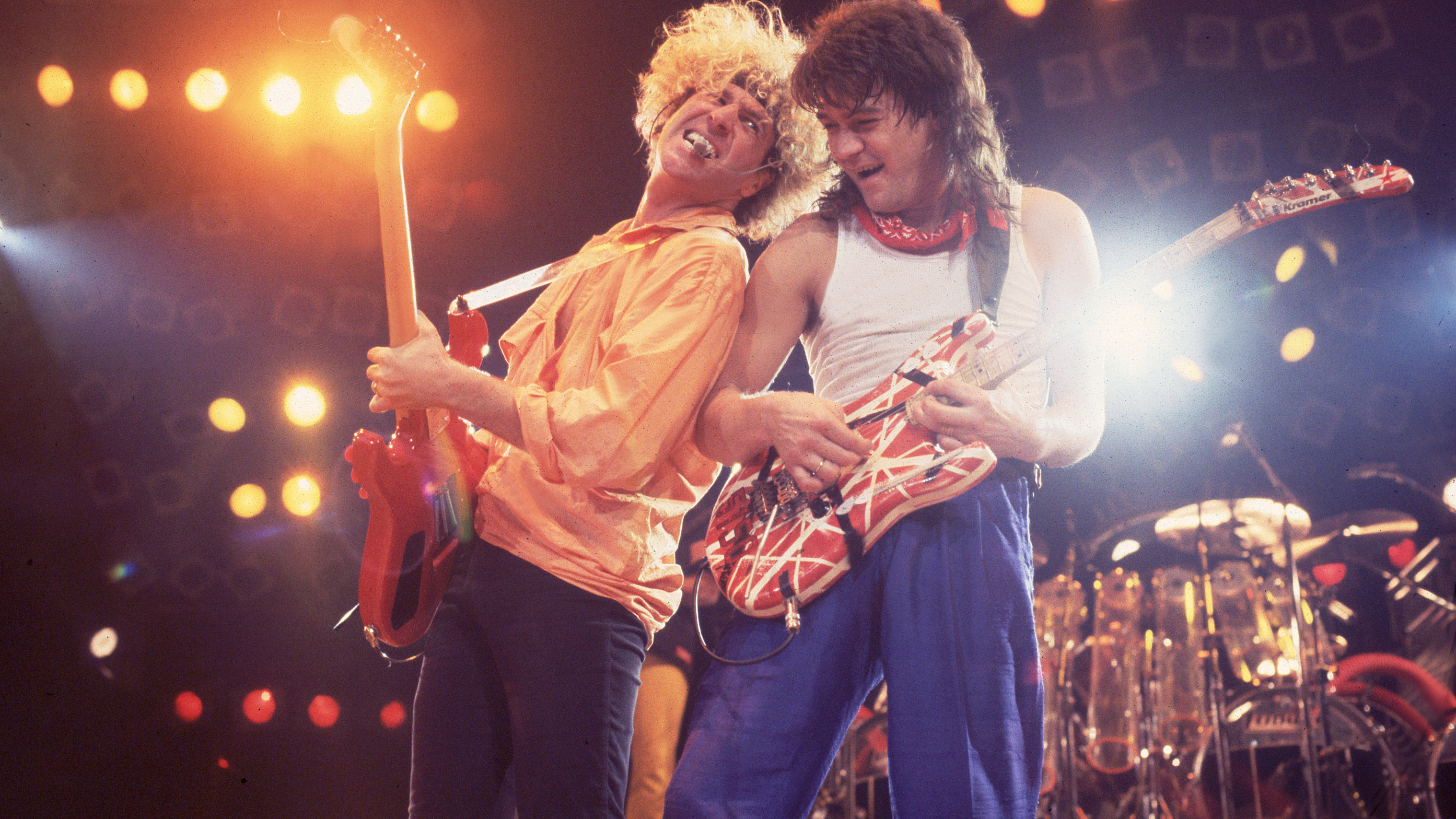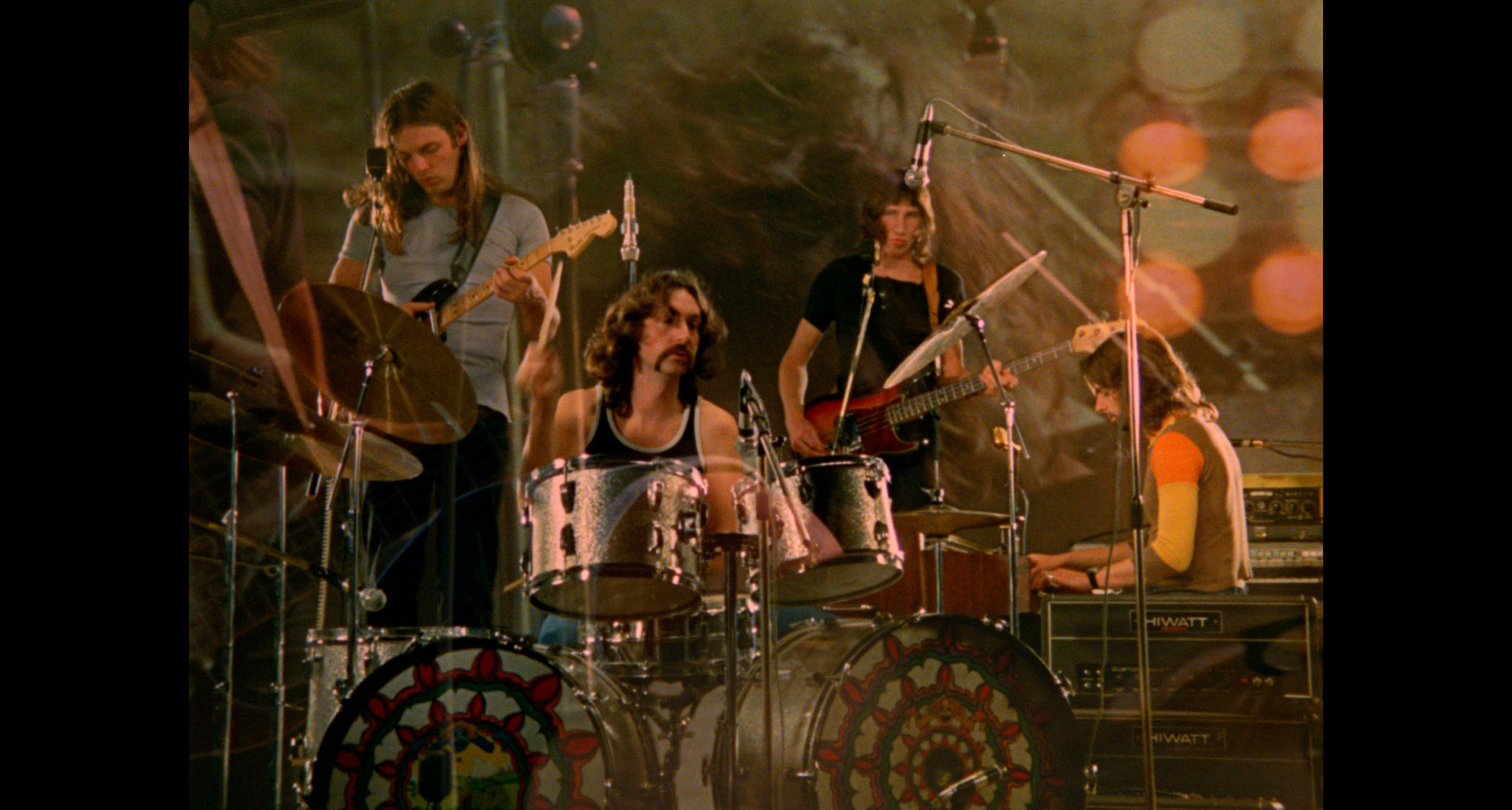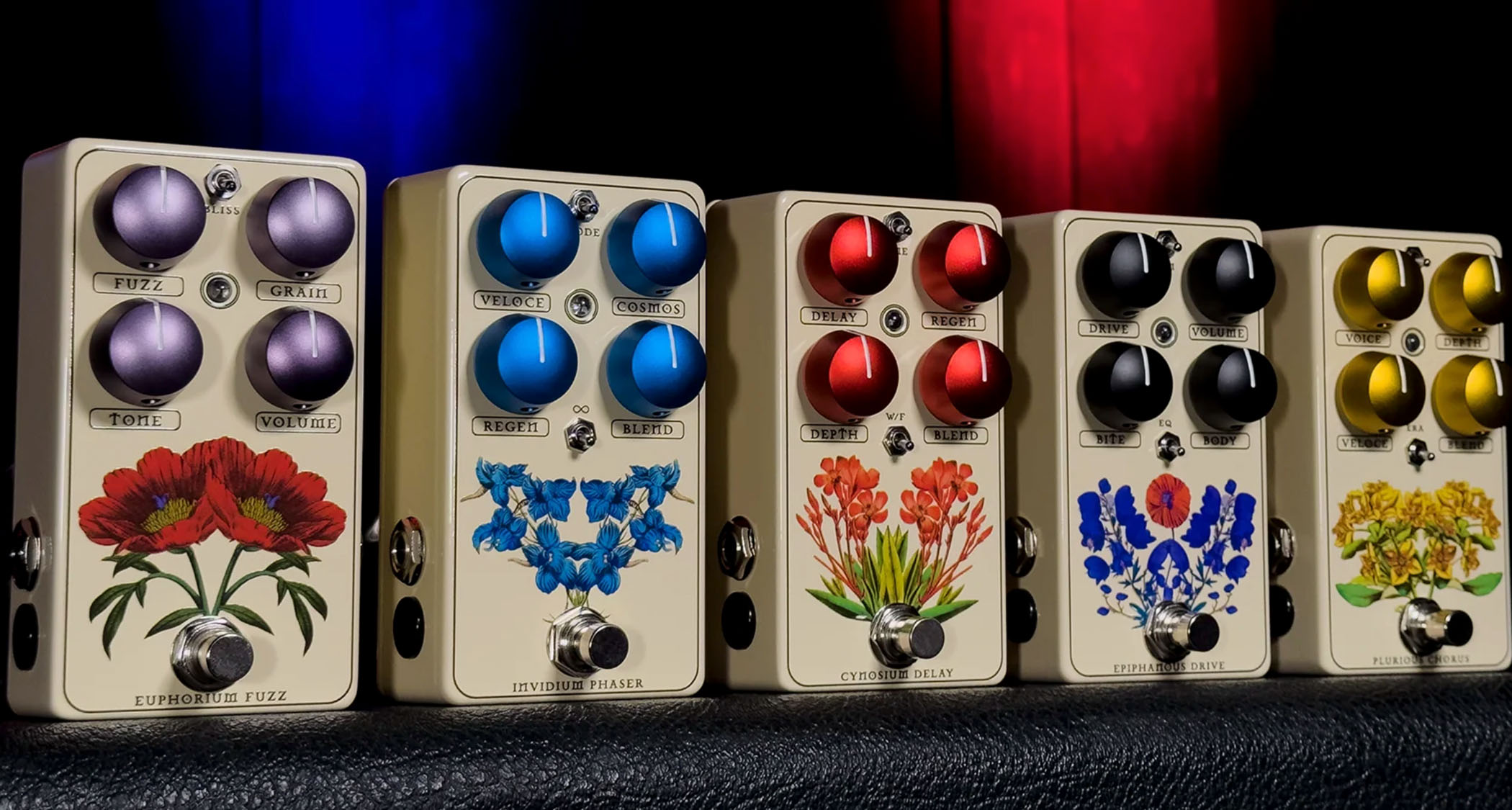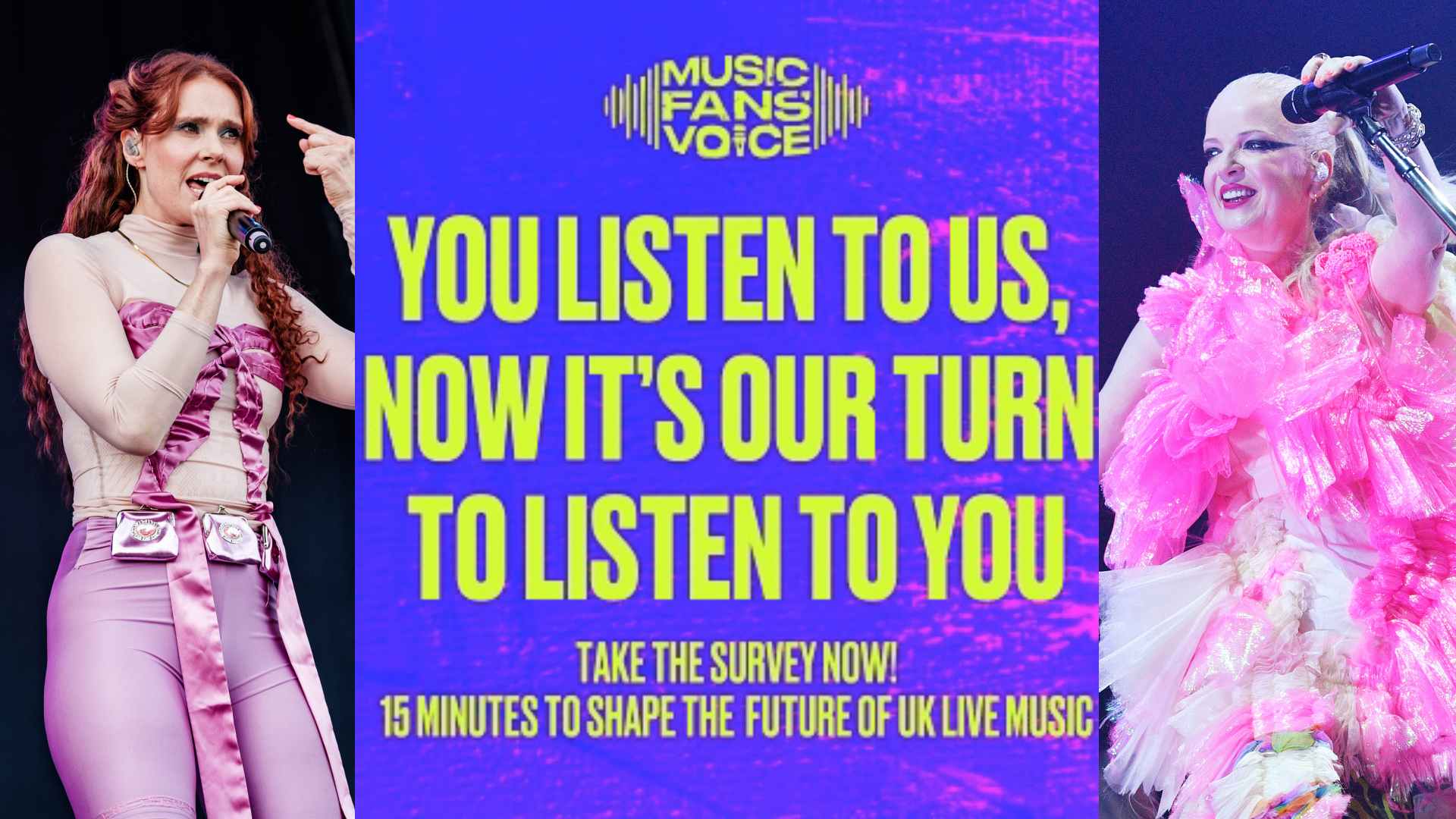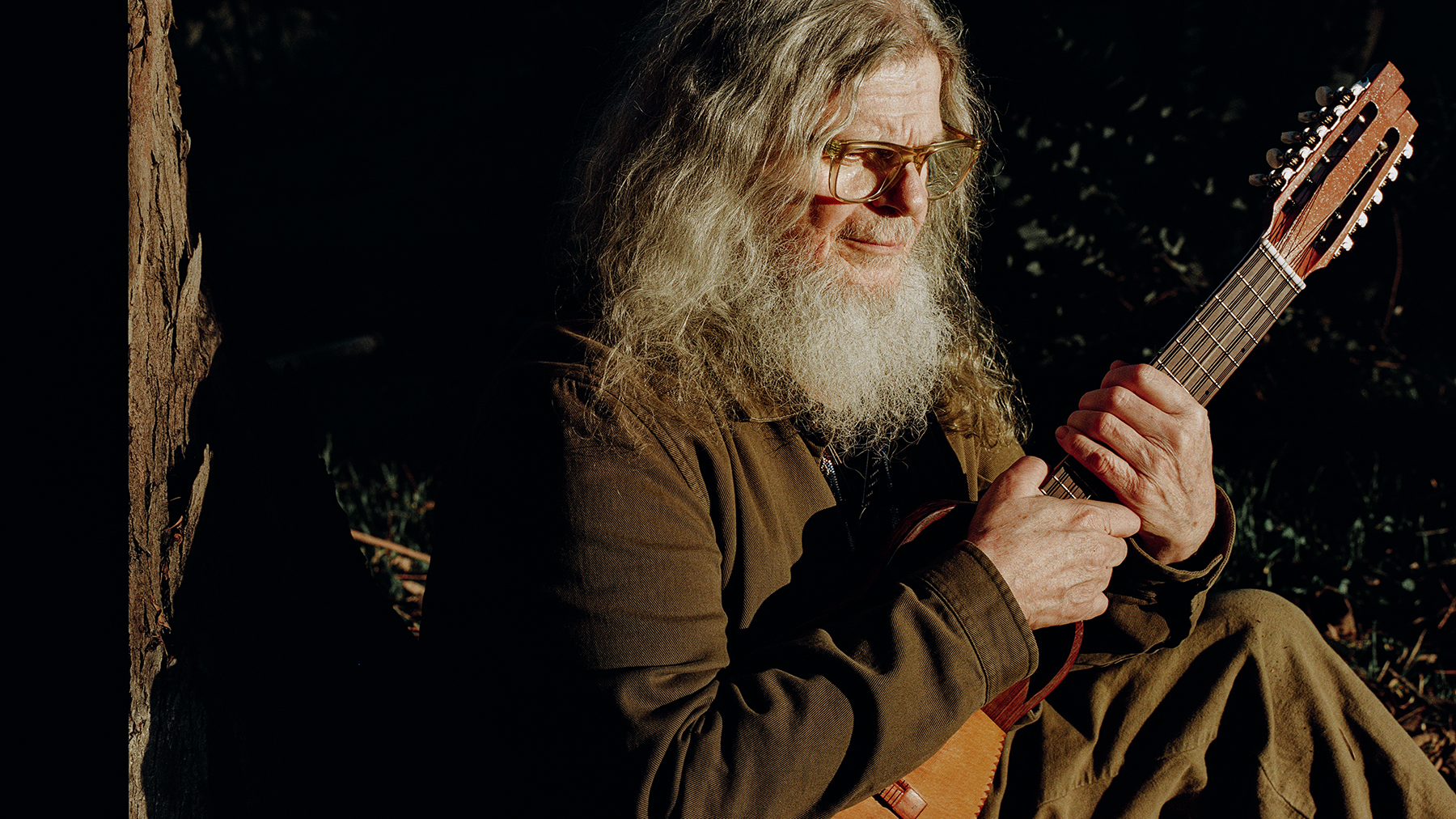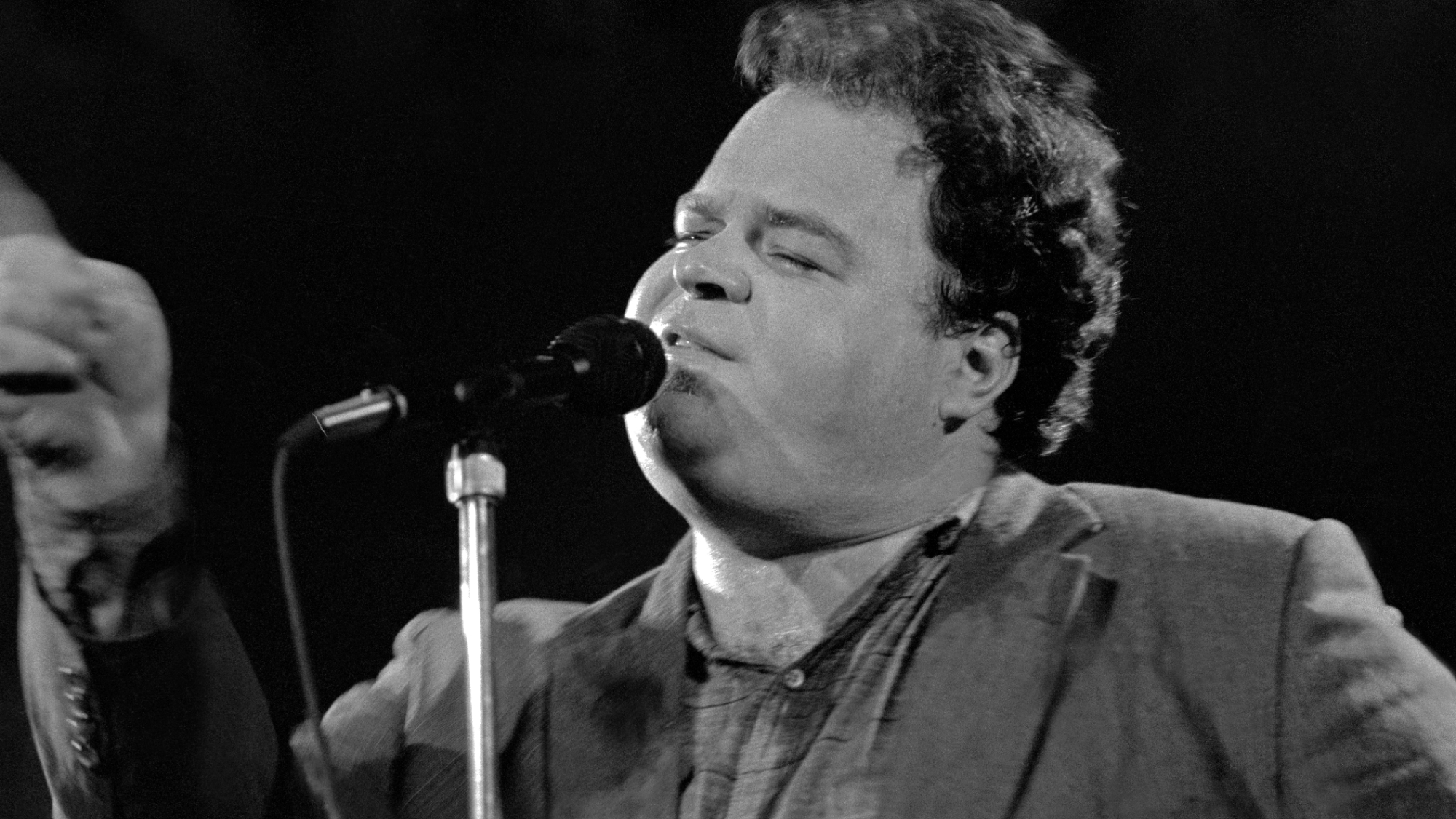Between The Buried And Me's Dan Briggs: my top 5 tips for bassists
Prog-metal bass supremo shares low-end guidance
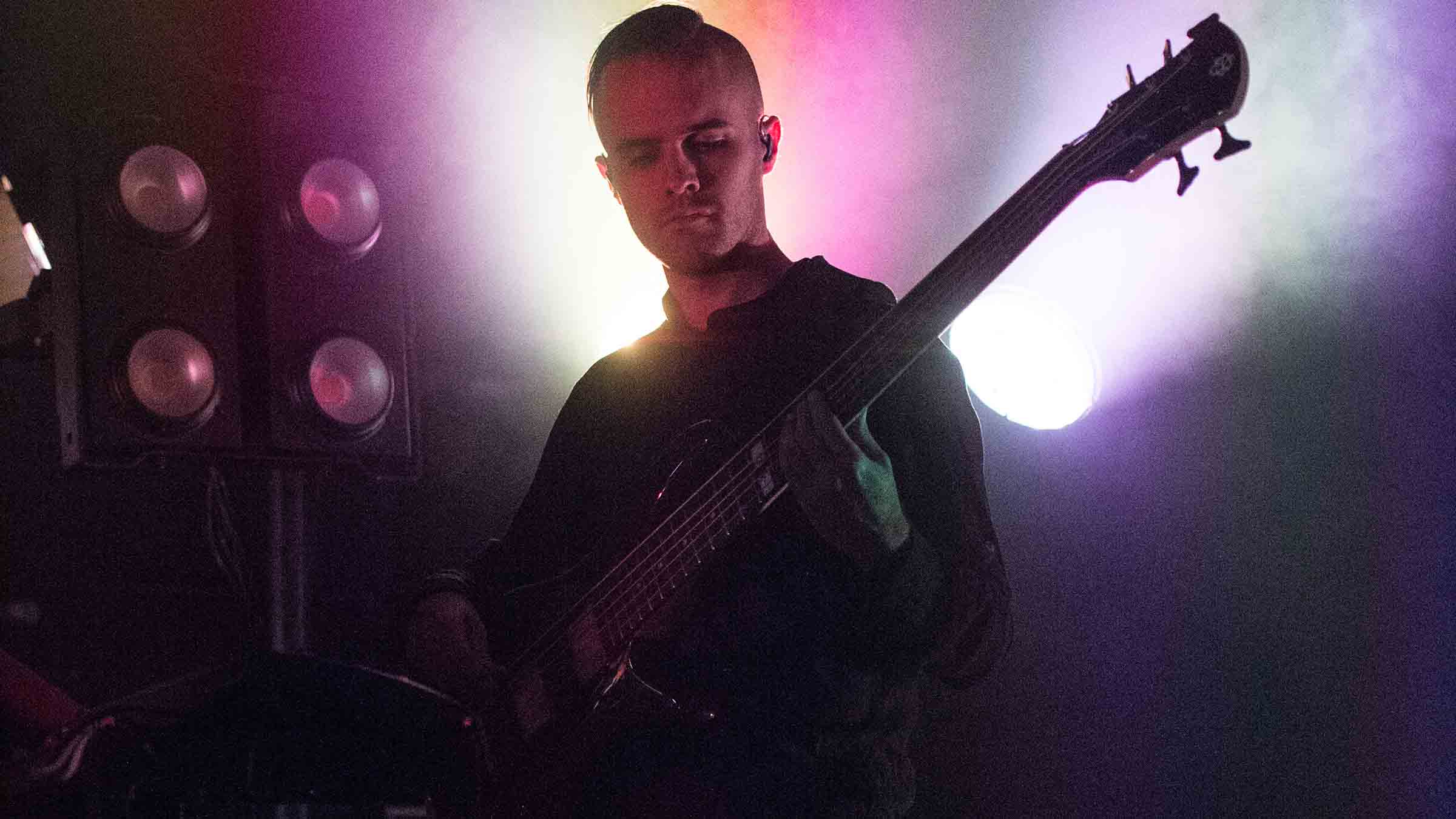
Introduction
“We just got home from our European tour with Devin Townsend, so that’s about it for [eighth full-length] Coma Ecliptic,” starts Between The Buried And Me bassist/keyboardist Dan Briggs.
“We’re heading to the studio in August, so right now we’re sharing all our ideas. Every day I wake up to a bunch of emails from the night before and get sifting through, trying to formulate what’s going on.”
While this may be the very earliest stages of album number nine, it would be fair to say the North Carolina progressive metal quintet have earned themselves a bit of a rest.
The band's run in support of their previous album is documented on newly released DVD Coma Ecliptic: Live, filmed on 4 October 2016 at The Observatory North Park in San Diego, CA.
As Dan notes, it rounds off what was a long, long tour, but it's no time to kick back and relax.
“So we’re doing that but also kinda decompressing,” picks up Briggs. “We’ve spent two years on the road - it’s now time to get creatively recharged. I’ve been home for two weeks and I’ve already done a few cool things that have gotten me excited.
“I caught a performance by free jazz artist Anthony Braxton, as well as the '60s group The Zombies on their 50th anniversary tour. I’m in sponge mode right now, taking influences and energy from anywhere I can get it!”
The multi-instrumentalist has stuck with his signature Spector (“based on an old discontinued model I bought when I was 16”) going into a Sunn head and out through an Ampeg cab for a considerable while now, though will be trying out some new options in the run-up to recording…
“I might play around a little bit,” he reveals, reasoning, “I’m interested in having a smaller, more compact rig for touring. We use in-ears, so I get a mixed signal of the stack through a microphone as well as my Radial Tonebone box. The sound from that thing is phenomenal; it’s like a souped-up DI sound with EQ controls.”
The Tonebone signal is also fed to his bandmates, who can create their own unique blends of what they want to hear…
“The guys in the band really like it because they can dial that in more of a full bass sound compared with the mic’d cab,” says Briggs.
I often joke that I must be one of only a few bass players that have a keyboard sustainer on their pedalboard
“I’ve kinda noticed over the years that we’ve battled a lot when using microphones, like trying to tune out the cymbals or the snare drum. I’m trying to find a way where I can get a full sound from the Radial as well as a great mic’d up sound, so I don’t need as big a rig. But then again, I’ve had the same setup throughout my whole professional career, haha!”
Of course, having keyboard duties on top of it all means there’s even more for the musician to be thinking about. And the practicality of having one single pedalboard for both instruments means his floor unit may look slightly out of the ordinary…
“I often joke that I must be one of only a few bass players that have a keyboard sustainer on their pedalboard, next to the Darkglass Distortion or Micro Synth,” he laughs.
“That sustain pedal on the far right side of my 'board helps me switch between the two instruments in a split second while the sound is still ringing out.
“I love experimenting, but I don’t own loads of basses - there’s no Fender jazz or Rickenbacker in my collection - I just have a few Spector models and a fretless. Most of my experimentation comes though pedals, to be honest…”
Here, the multi-instrumentalist offer his fives tips to musical greatness…
Coma Ecliptic: Live is out now via Metal Blade Records.
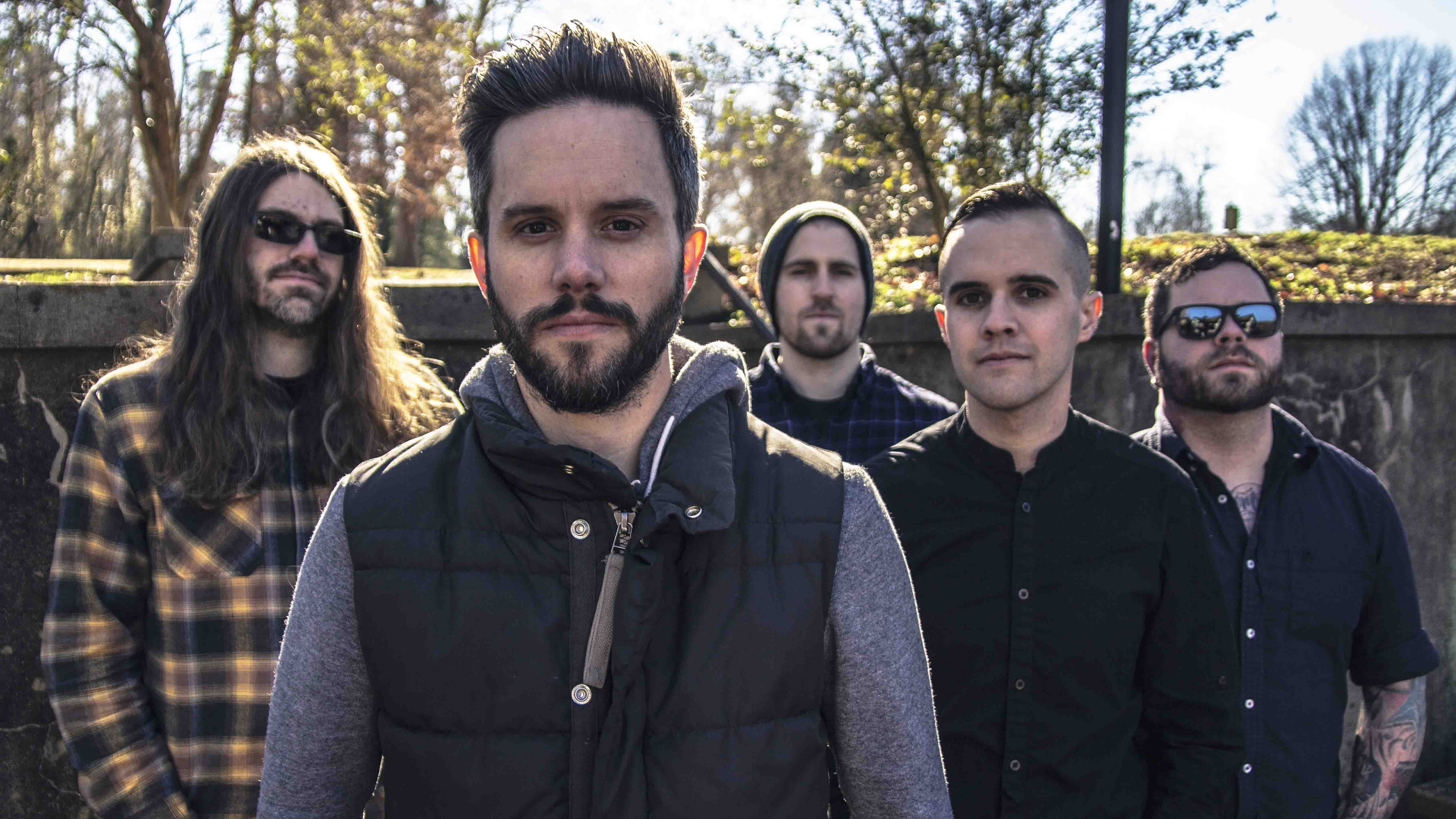
1. You can apply just about anything you hear
“A big part of it is trying to adapt everything you are hearing to what you are playing. That concept has changed a lot now I’m not in my teens and in my 30s. When I was younger, I might have heard something a little different and not realise it was something I could apply.
“These days I’m mixing all sorts of influences together - the energy of free jazz or grooves of funk/soul into metal. I like digging into the deeper, rudimental elements of different music forms. Nowadays, I find that stuff is where I want to be.
“I started out around 10 as a guitarist, and then within a year or two, I was playing bass. It was kinda symbiotic. But I’ve always spent more time writing on guitar, while bass was what I had been playing at school, in orchestras or jazz bands, reading charts… it always felt like my professional instrument. I try to think about doing what I’m playing on guitar, but on bass - whether that be Van Halen solos or whatever!”
2. Take the time to warm up
“I’ve always felt like I don’t have bass hands. Some of my friends, like Evan Brewer [Entheos], I swear his hands have got to be twice the size of mine. You see him playing and it’s like his hands eat the bass alive, playing all these extended chords. That’s not natural for me to do at all.
It takes every day of a tour - from the first to the last - to stay in shape
“It takes every day of a tour - from the first to the last - to stay in shape. I start an hour ahead of the band before us being done, with the same stupid chromatic warm-ups we all get taught. I’ll be going slow with different finger combinations, trying to get both hands locked in and stretched out. I start slow and gradually speed up, then moving on to the harder licks within the set.
“It’s not natural for me to pick up a bass and start ripping. I need to ease into it and get my hands ready, especially if we’re playing one-and-a-half-hour-long sets, like our latest record plus a bunch of other stuff. That endurance is a big thing.
“This fall, we’re doing the Colors record, so I’m already thinking about songs that start in a lower register of the neck where my hand is always fatigued. I’ll adjust my chromatic warm-ups to go lower down the neck. I usually start around the fifth fret, then third, then the first where the spacing is the widest. By the time I get down there, my little hands are able to dig in and start feeling loose. It’s different for everyone - Evan can pick up a bass and walk on stage!”

3. Find the players that inspire you
“Listening to bass on records wasn’t something I did from the get-go. Earlier on, I didn’t have a favourite bass player. It was more about favourite bands or guitarists. It wasn’t until I landed on King Crimson’s Discipline record that I heard the bass in such an interesting way - there was so much going on, yet I could zero in on any instrument on any song. And that guy [Tony Levin] was leading the composition, note-for-note. I was wondering how the hell he was grooving over all of this, with so much happening.
“When we were writing [third album] Alaska, around the time I joined, that was something I learned a lot from: maintaining a solid bass foundation and groove underneath, say, a death-metal riff. If the guitarists are giving straight 16ths, where do I find the groove?
“It came down to riding and bouncing along - maybe our drummer Blake would accent a 16th note with me. That particular concept came from that King Crimson record. When you’re trying to find space for the bass to exist and groove, there are so many obvious and non-obvious ways to go about it.”
4. Look at the bass from a classical standpoint
“There was a big period during high school and into college where I played big symphonies on an upright bass in chamber orchestra groups or smaller quartets/quintets. I think you can hear a lot of that on our Colors record, almost in a baroque sense - like parts Bach would write for lower strings to take over the melody.
Try to get a better understanding on when to use the bass as a separate voice and when to lock in and groove - because, sometimes, it needs to be its own thing
“Try to get a better understanding on when to use the bass as a separate voice and when to lock in and groove - because, sometimes, it needs to be its own thing. I grew up listening to Yes and Dream Theater, where the bass locks in for really cool unison lines. Establishing the right discipline is important - it’s good to be able to rip, but you need to strike a balance.
“I had a record come out just a few weeks ago in another group I’m in called Nova Collective - we’re a bunch of guys from the progressive rock world doing fusion stuff. But we’re not trying to make a record of us all going off… it’s more like that stuff is in the bag when it calls for it.”
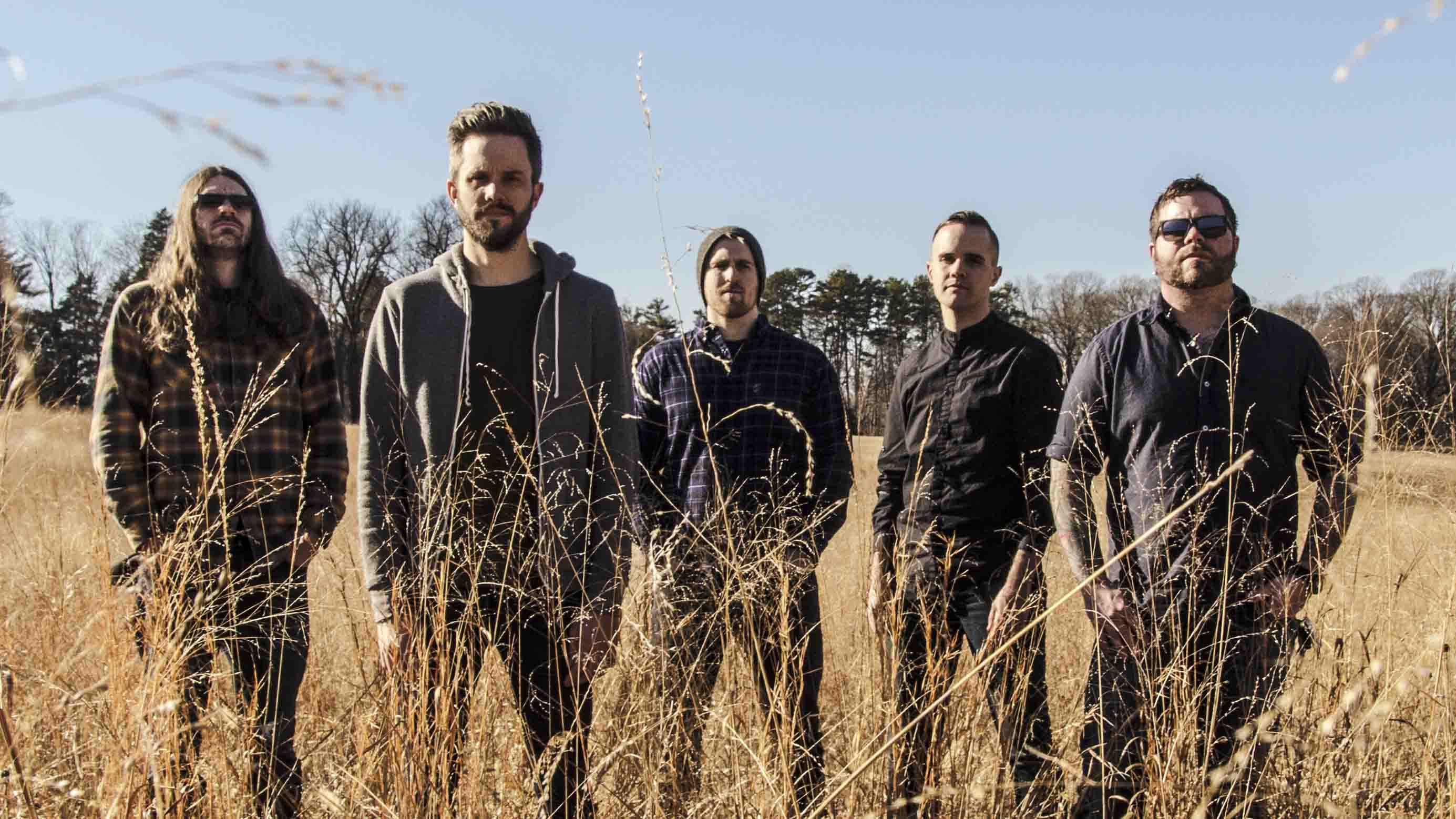
5. Learn from everyone you can
“Try to play with as many people as possible. I’d been in so many groups before I was even 20 years old, before I moved down and joined BTBAM.
“From classical ensembles, jazz groups to all the different local bands… it’s tough to find musicians that want to really commit, or as much as you want to. Maybe not everyone’s as into dropping everything and committing to a project… You just have to keep digging and playing with the right dudes!
“The idea is to grow as a musician by meeting people. I feel so fortunate for that, because I’ve played with so many different musicians - whether it’s a keyboardist, drummer, sax player… I try to learn from everyone. There’s an influx of everything I’m hearing, watching and doing right now that will end up on the next BTBAM. Anything I take in will influence me!”
Amit has been writing for titles like Total Guitar, MusicRadar and Guitar World for over a decade and counts Richie Kotzen, Guthrie Govan and Jeff Beck among his primary influences. He's interviewed everyone from Ozzy Osbourne and Lemmy to Slash and Jimmy Page, and once even traded solos with a member of Slayer on a track released internationally. As a session guitarist, he's played alongside members of Judas Priest and Uriah Heep in London ensemble Metalworks, as well as handling lead guitars for legends like Glen Matlock (Sex Pistols, The Faces) and Stu Hamm (Steve Vai, Joe Satriani, G3).
"There had to be some sort of telepathy going on because I've never seen spontaneous inspiration happen at that level”: The genius of Eric Clapton's controversial masterpiece, Layla
“The most musical, unique and dynamic distortion effects I’ve ever used”: Linkin Park reveal the secret weapon behind their From Zero guitar tone – and it was designed by former Poison guitarist Blues Saraceno’s dad
"There had to be some sort of telepathy going on because I've never seen spontaneous inspiration happen at that level”: The genius of Eric Clapton's controversial masterpiece, Layla
“The most musical, unique and dynamic distortion effects I’ve ever used”: Linkin Park reveal the secret weapon behind their From Zero guitar tone – and it was designed by former Poison guitarist Blues Saraceno’s dad

